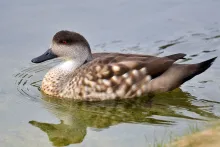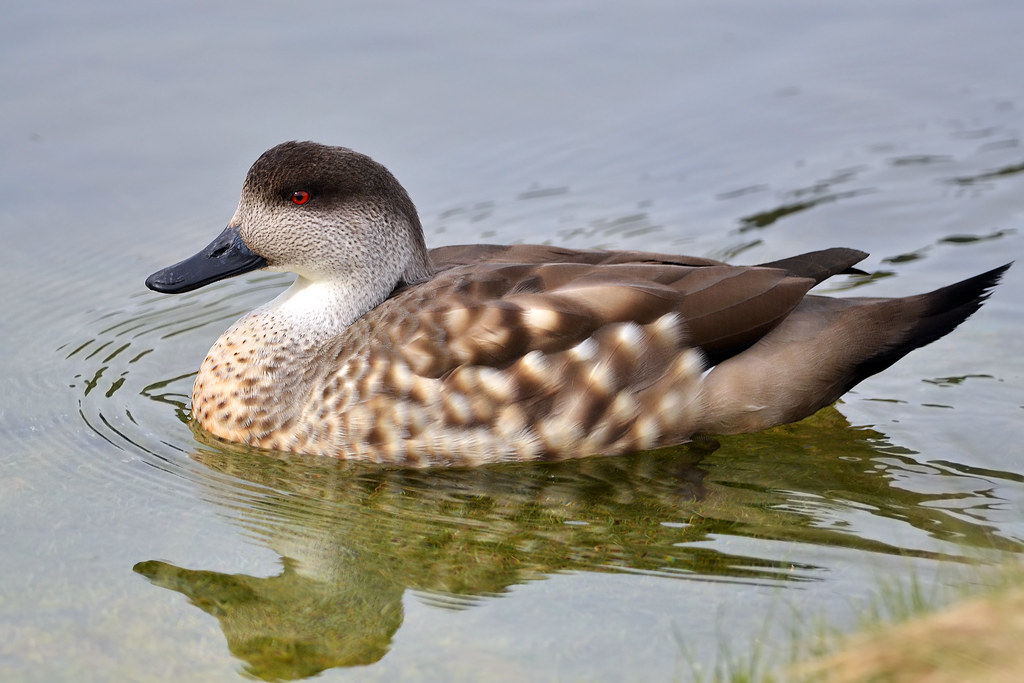
Patagonian crested duck (Anas specularioide)
Species name
- Dutch name:
- Gekuifde eend (Patagonische)
- English name:
- Patagonian crested duck
- German name:
- Schopfente
- French name:
- Canard huppé
- Scientific name:
- Anas specularioide
Scientific classification
- Order:
- Anseriformes
- Family:
- Anatidae
- Onderfamilie:
- Anatinae
- Genus:
- Lophonetta
Description
- Description:
This species is very similar to the Marbled Teal.
Male:
Patagonian crested duck (Lophonetta specularioides specularioides)
Has more or less dark plumage. On the upperparts, mantle, back and scapular’s feathers are dark brown with paler centres. The wings are fairly dark or black, but we can see a metallic pinkish-copper speculum and a broad, white trailing edge. The tail is dark brown to blackish. It is pointed and frequently raised. The underparts are pale greyish-brown with feathers showing darker centres, especially on flanks. The breast is often tinged reddish-brown. Undertail-coverts and rectrices are blackish. On the head, we can see a crest on the nape. The dark mask around the eye and the crest are distinctive. Face, chin and neck are pale grey. Bill, legs and webbed feet are dark grey. The eyes are Dark red-orange.Andean crested duck (Lophonetta specularioides alticola)
This race is larger than nominate. It has yellowish eyes. The speculum is mostly purplish-green. The underparts are browner and more uniform.Female:
Has less distinct crest and she is slightly smaller.Juvenile:
Has paler mask with less black around the eyes. It lacks the crest. Its belly is paler than in adults.
Standard Measurements
- Body Length (cm):
- The male (drake) of the Patagonian crested duck measures approximately 50-61 centimeters. The female measures approximately 50-61 centimeters.
- Body Weight (grams):
- The male will weight about 785-1087 gram. The female will weight about 705-1031 gram.
The weight is notoriously variable and can only be used as indication!
- Subspecies:
There are two subspecies:
- L. specularioides alticola - Andean crested duck
- L. specularioides specularioides - Patagonian crested duck
- Note:
Breeding birds are territorial and both sexes are very aggressive, chasing conspecifics and other, often larger, wildfowl species. Pair bonds are strong, and mates cooperate in caring for ducklings. High levels of vigilance, co-operation by both adults and aggressiveness allow Crested Ducks to nest in close proximity with predatory birds. Many of the displays of this species are conspicuous and striking, and females have loud calls. Male courtship displays have pronounced orientation components with respect to the target female. The long tail is often conspicuously raised, exposing the black undertail coverts, and the male's crest is often erected during displays.
Preferred nesting habitat is on the ground in tall grass or shrubbery on small islets or lake shores, but occasionally further away from water. The nest is built by a solitary pair and is made up of vegetation and lined with their soft breast feathers. A double brood is quite common. Incubation is undertaken by the female only.
- Breeding:
- The female Patagonian crested duck usually lays from 5-8 cream to pale coffee eggs and incubates them for 30 days.
- Artificial incubating:
The ideal relative humidity for incubating most waterfowl eggs is 55% (ground nesters) and 40% (cavity nesters). The temperature is usually 37.4°C. Set ventilation as recommended by the incubator manufacturer. Eggs must be turned, either automatically or by hand, a minimum of 4 times a day. As the duckling develops there is a loss of water from the egg and the air sac gets bigger. In normal development of an egg with a 30 days incubation, the air sac occupies about a third of it three days earlier. Cleanliness is vital and ideally eggs should be moved to a separate hatcher at this point, where the humidity should be increased to 65% and even higher once they have pipped internally.
- Bird banding:
- Recommended closed leg band ring size for the Patagonian crested duck is 12 mm.The leg band ring can only be applied on a young dabbling duck at around 12-14 days old.
- It doesn't matter what leg that you band, but it's good to have a consistent system. Suggested: Left leg = Female, Right leg = Male
- Rearingfeed:
-
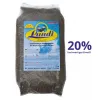
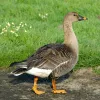

Floatable special rearing feed for all types of aquatic ornamental fowl - especially for the cultivation of trees as well as greening ducks.
This well-balanced complete feed with 20% protein content convinces above all by its good compatibility and forms the basis for visibly healthy growth from day one.
Made exclusively from wholesome and selected raw materials, Lundi Micro Regular is also ideally suited for the year-round feeding of waterfowl.
- Maintenance food:
-


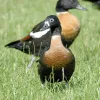


Floating full food for all sea ducks, green ducks, eider ducks and geese, especially in the moulting and breeding phase ideally suited. Packed with wholesome raw materials, natural vitamins and trace elements, this performance food with a protein content of 30% forms the basis for lifelong vitality.


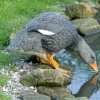
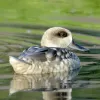
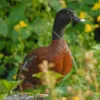


Floatable special complete food for sea birds with the highest nutritional requirements. Each chunk contains the complete nutrient spectrum. The high protein content of 35% ensures a healthy and species-appropriate diet. Spiral algae give a more magnificent coloration of plumage and sea salt promotes the salt gland.
